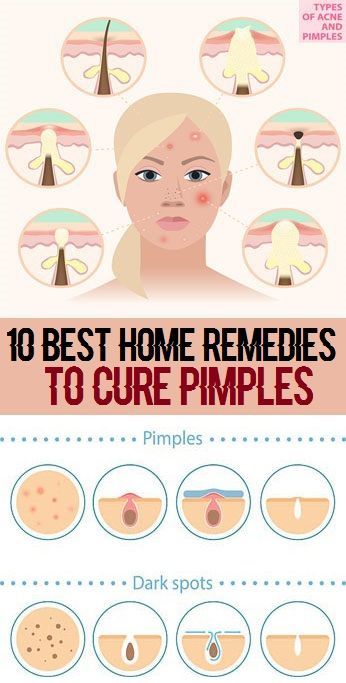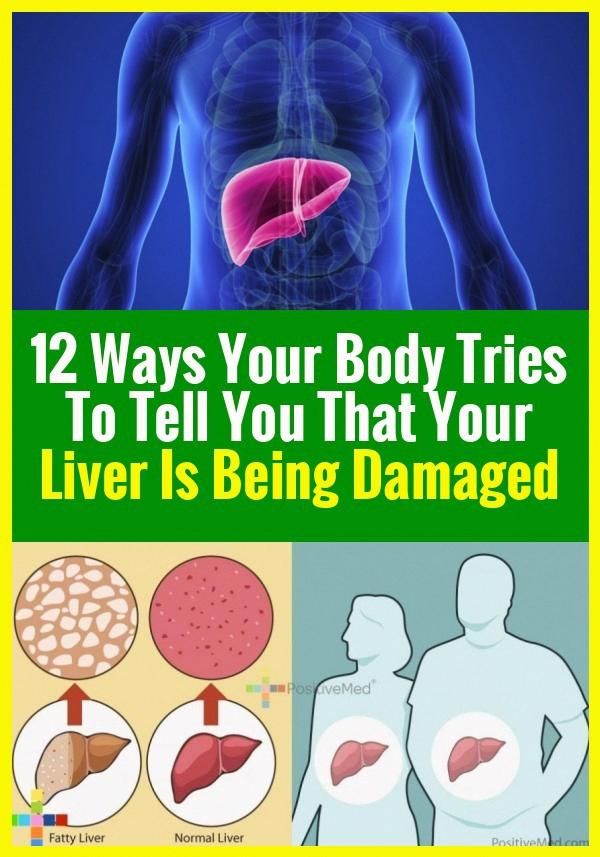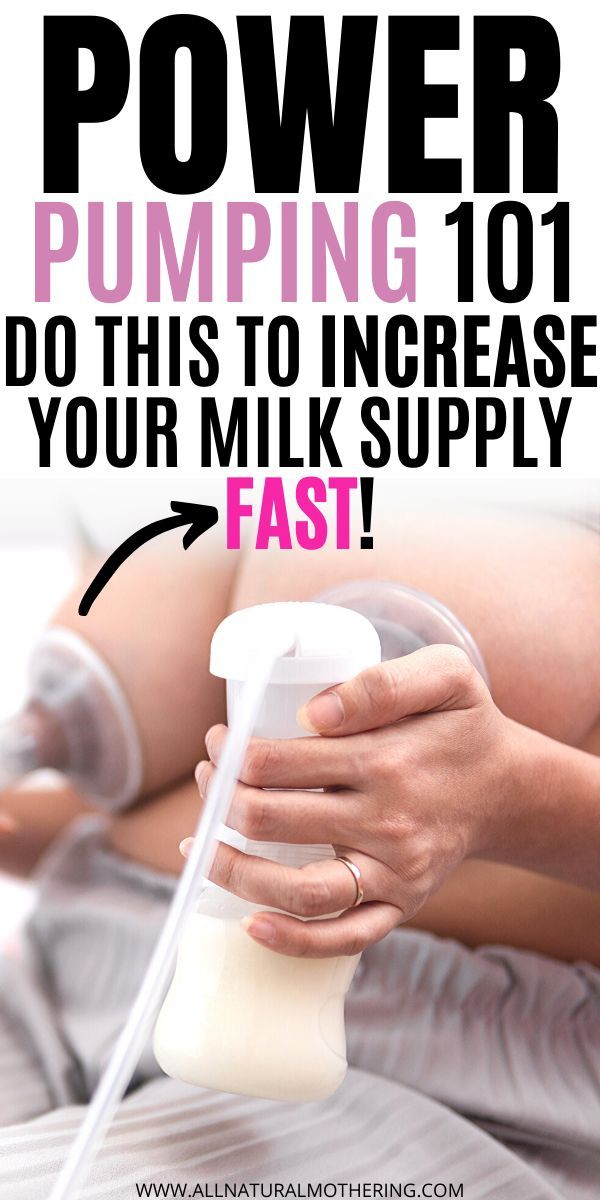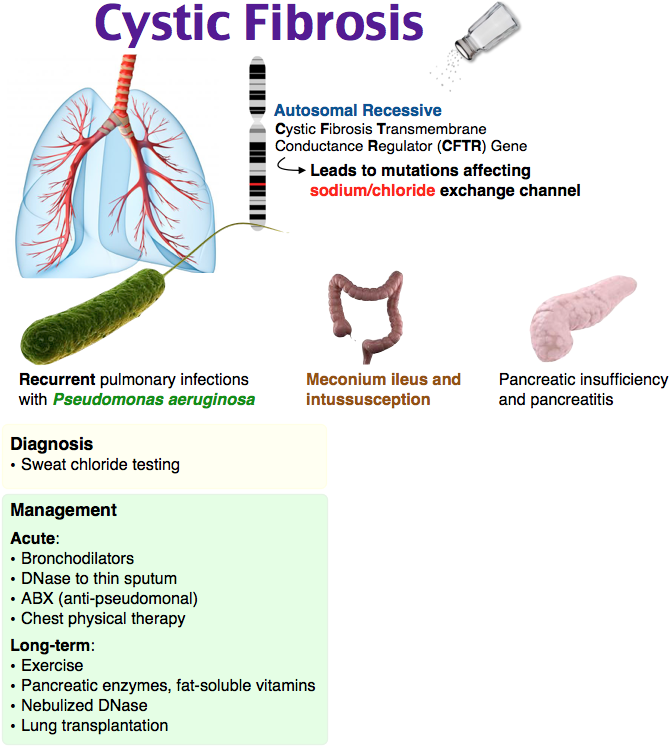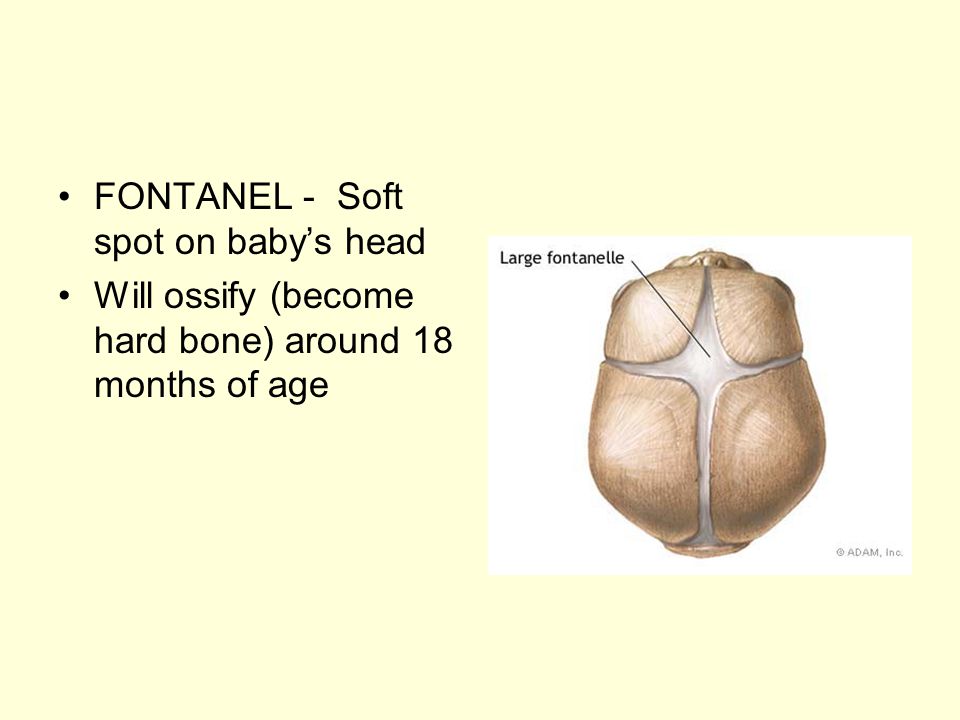Vagina after pregnancy
Your Vagina After Birth: 13 Things to Expect
Ever wondered what happens to a vagina after birth? The reality is that vaginas don't magically snap back into place after delivery. They've gone through a major ordeal that usually involves hours of labor.
So what actually happens? Will your vagina bleed? How long will it hurt for? When can you have sex? We talked to leading gynecologists to find out exactly what to prepare for. Ahead, discover 13 things to expect from your vagina after birth.
1. You'll experience postpartum bleeding.
After delivering your baby, expect to experience postpartum bleeding for up to six weeks. During the first ten days, expect heavy bleeding and bright red blood. You can also expect to see small clots (no bigger than a quarter) during the first three days. This is all normal, as your body sheds the extra tissue and blood from your uterus (this discharge is called lochia). After the first ten days, the bleeding slows down. You will continue to bleed lightly or spot, however, for up to six weeks after you give birth vaginally or by C-section.
2. You'll have uterine contractions (a.k.a. cramps).
You'll experience cramps as your uterus shrinks to its pre-baby size. This process is called involution. For many first-time mothers, the pain is negligible. After subsequent births, the pain can be more intense since the uterine muscles have been compromised. Either way, this is a positive sign that your body is doing what it should be doing, and can be addressed with a warm compress and/or ibuprofen. It will subside in about three days.
3. Your vagina might tear.
It's not a question of whether you'll be sore, but of how much you'll be sore. More than 53 percent of births cause tearing around the vaginal opening, according to the American College of Obstetricians and Gynecologists. Depending on the severity of the tearing, your vagina and perineum could be sore for four to 12 weeks. Significant tears can necessitate stitches after birth or, in some cases, surgery to repair the damage.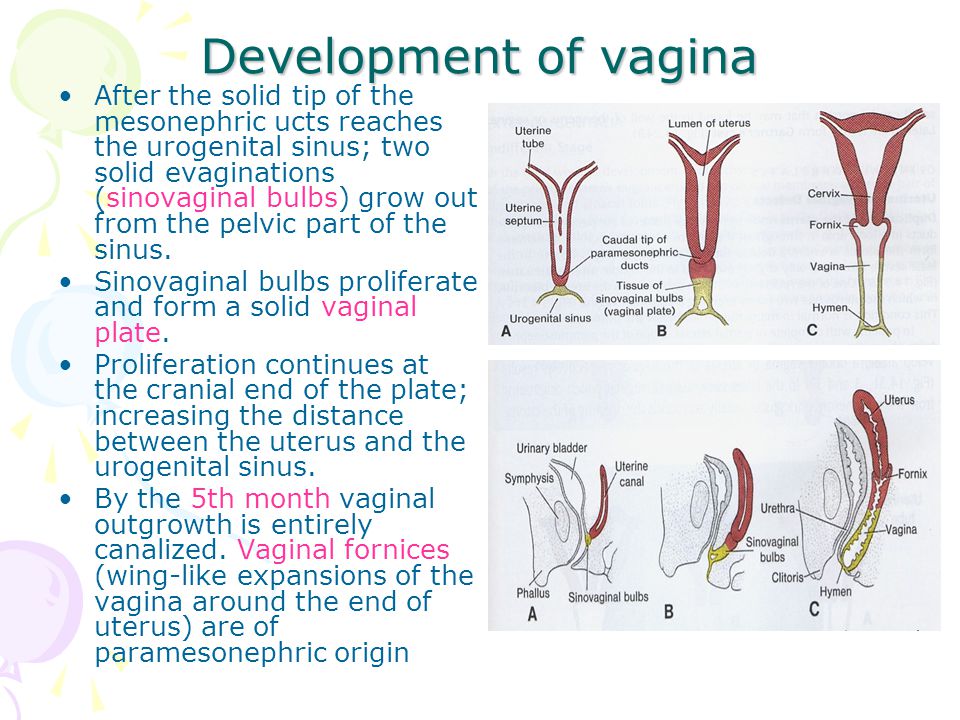 Even without tearing, you will be left with a bruised perineum.
Even without tearing, you will be left with a bruised perineum.
4. You will experience internal bruising.
When the baby passes through, it's inevitable that you'll experience internal bruising in your vagina. You can't see it, but you'll feel a soreness that should subside within two weeks.
5. Your period will seem off when it returns.
When your body begins ovulating again, your period could be different than how it was before getting pregnant. Thanks to all the hormonal changes going on, you could end up with a lighter or heavier period. And it's not just the intensity of the bleeding, but the duration, as well, explains Dr. Jessica Shepherd, a board-certified ob-gyn and a spokesperson for Paragard.
6. You'll have a (slightly) wider vagina.
Things can also feel looser down there post-childbirth, but it tends to gradually go back to normal. If, however, you have a very large baby (or have had many babies), it might not go back to exactly the way it was before.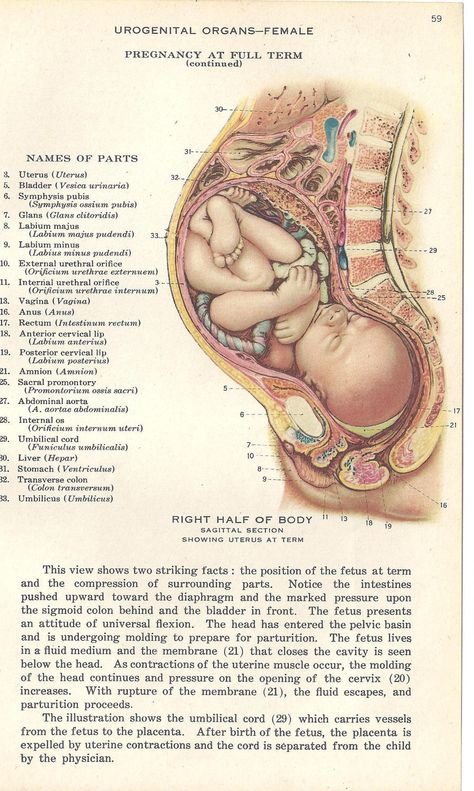 The telltale indicator is tampons: If you insert a regular tampon and it ends up sliding out over time, that can be a sign that your vagina is ever so slightly wider than it was prebirth.
The telltale indicator is tampons: If you insert a regular tampon and it ends up sliding out over time, that can be a sign that your vagina is ever so slightly wider than it was prebirth.
7. You might end up peeing yourself a little.
It's not uncommon to experience urinary incontinence post-birth, especially when engaging in activities like jumping, running, or even sneezing and laughing.
"Up to 30 percent of women may experience urinary incontinence for up to six months," says Dr. Shepherd. “As the uterus enlarges during pregnancy, it impacts the ability for the bladder to extend and enlarge when it's filled, so there are changes in how the bladder is able to function. Furthermore, during vaginal delivery as the baby passes through the birth canal there can be an effect on the urethra."
Kegel exercises can help strengthen those muscles—aim for five minutes a day, three times a day. Doctors advise keeping up with this regimen during pregnancy as well, to condition the pelvic floor muscles ahead of the birth.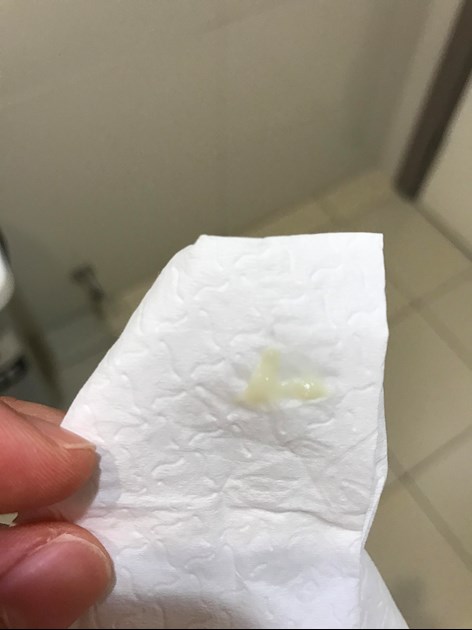
8. You'll have to wait about six weeks to have sex.
Doctors usually advise women wait to have sex. “After a woman has a baby, it takes about six weeks for a woman's vagina to heal from a delivery,” says board-certified ob-gyn Pari Ghodsi, M.D.. During that time, sex is off-limits. It's important to give yourself—and your vagina—a break after giving birth. “It is important for a woman to realize that things take time,” says Dr. Ghodsi. “It won't feel the same at first, but with time, things typically go back to normal.”
What to expect and recovery
A person can expect vaginal changes after giving birth. Common changes include perineal pain, pain during sex, bleeding, and vaginal dryness.
According to the United Kingdom’s National Health Service (NHS), it is not unusual for people to notice new and uncomfortable vaginal changes after giving birth.
To ensure a safe recovery, people should have several postpartum checkups with their OB-GYN, with the first checkup being within 3 weeks of delivery.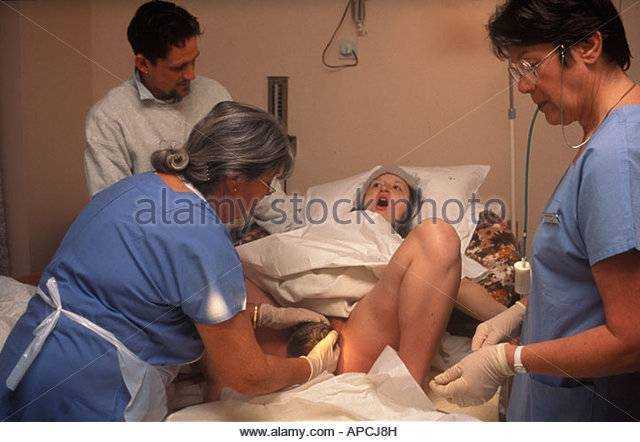 Postpartum care is an ongoing process and requires more than a single visit.
Postpartum care is an ongoing process and requires more than a single visit.
This article will discuss the vaginal changes a person can expect after giving birth. It will also cover tips for postpartum recovery.
The NHS notes that it is normal for a person’s vagina to appear wider than it did pre-birth. The swelling and openness should subside in a few days.
Even so, vaginal laxity is a common complaint among those who have recently given birth.
Tips
Although a person’s vagina may not return to its pre-birth shape, this is not a cause for concern.
However, people can try pelvic floor exercises, or Kegel exercises, to help tone the vaginal muscles. This can help prevent urinary incontinence.
This may also help sex to feel more pleasurable. However, sexual pleasure is complex and there are many factors that can affect it.
If a person finds that they are experiencing difficulties with sexual pleasure or are concerned about the width of their vagina, they should contact a healthcare professional.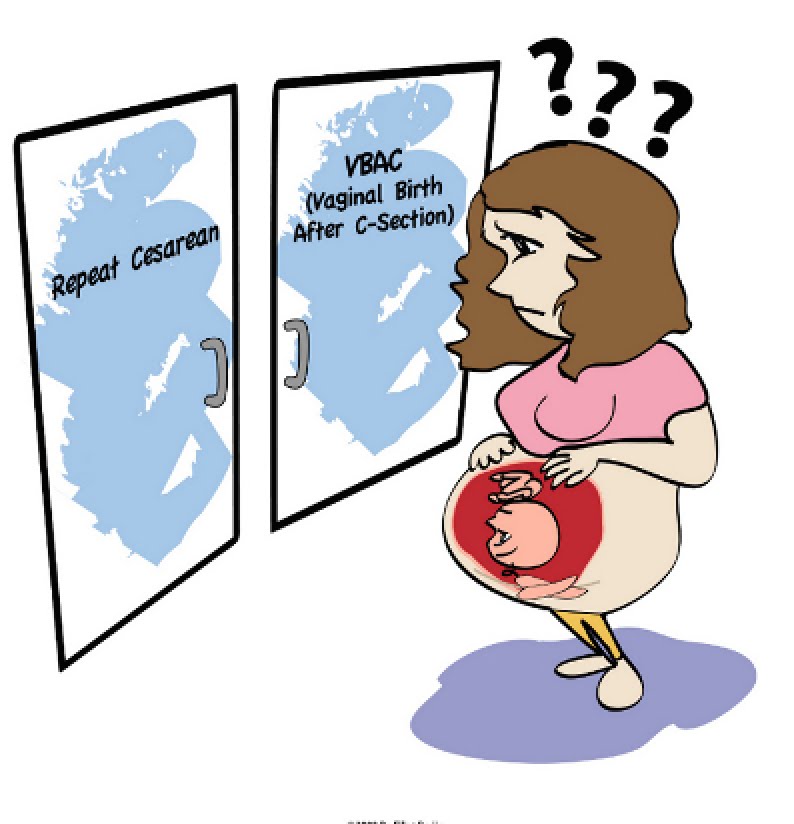
The American College of Obstetricians and Gynecologists (ACOG) does not recommend elective plastic surgery, vaginoplasty, or radio-frequency or laser procedures. The Food and Drug Administration (FDA) has not approved these for postpartum vaginal laxity.
Some sources refer to these procedures as “vaginal rejuvenation,” which is a marketing term and not a medical condition.
Postpartum vaginal dryness is common and normal, particularly for those who are nursing.
Vaginal dryness results from low estrogen, and those who are nursing have lower levels of estrogen than those who are not nursing.
It can make sex uncomfortable or painful and may cause some light bleeding.
Tips
According to the NHS, once a person stops nursing and their periods have returned, the estrogen count should revert to pre-pregnancy levels and any noticeable vaginal dryness should improve.
In the meantime, people can try the following to ease any discomfort:
- taking estrogen supplements
- avoiding douches and personal hygiene sprays
- staying hydrated
- applying a vaginal moisturizer
- using a lubricant during sex or foreplay
- communicating with their sexual partner
According to the ACOG, the type, intensity, and duration of pain and soreness will vary from person to person.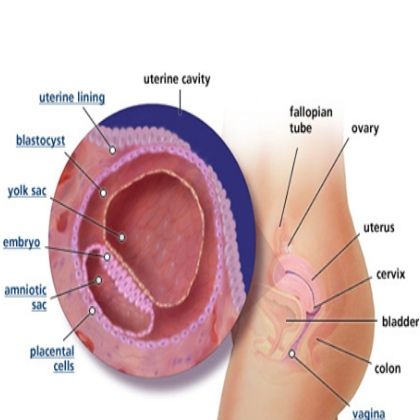 However, the NHS notes that most people should improve within 6–12 weeks after birth.
However, the NHS notes that most people should improve within 6–12 weeks after birth.
People may experience one or more of the following symptoms after childbirth:
- cramping
- back, neck, or joint pain
- soreness in the perineum, which in females is the area between the vagina and anus
- swollen or sore breasts
Those who underwent an episiotomy, which is when a doctor makes an incision in the perineum to widen the vaginal opening, or had perineal tears, may need stitches.
The NHS notes that approximately 9 in 10 people who undergo a vaginal birth for the first time will have a tear, graze, or episiotomy. Stitches should heal within 1 month after delivery.
Tips
Mild vaginal tears that occur during delivery can take a few weeks to heal.
To help with the pain in the meantime, a person can:
- take over-the-counter (OTC) medications, such as ibuprofen
- sit on a padded ring
- apply an ice pack to cool the area
Anyone who is concerned about the healing process and pain should consult a doctor or midwife before taking any OTC pain relievers.
According to the ACOG, some bleeding and discharge after delivery is normal. It may first appear bright red in color and become lighter and pinker in color within a few days. Over time, the flow will decrease and eventually stop.
Some may experience postpartum vaginal discharge that lasts for a few weeks.
People who experience excessive bleeding should seek immediate medical attention as it could be a sign of postpartum hemorrhage or uterine atony. Healthcare professionals define excessive bleeding as filling more than two pads per hour for more than 1–2 hours.
According to BMC Pregnancy and Childbirth, postpartum hemorrhage is the leading direct cause of maternal morbidity and mortality worldwide.
Tips
Postpartum discharge is an inevitable part of the healing process.
To make things easier, a person should avoid using tampons until after their 6-week postnatal check. They can also use sanitary pads until the discharge stops.
People will experience some postpartum bleeding or lochia after giving birth.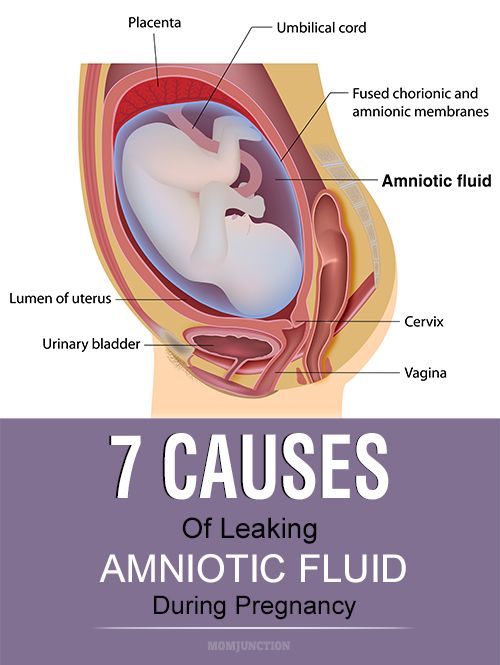
Lochia contains mucus, white blood cells, tissue, and blood. The womb sheds this menstrual-period-like mixture of fluid and tissue so the body can replace its uterine lining after delivery.
The ACOG notes that it will usually occur within 24 hours after giving birth, but it may happen up to 12 weeks later.
According to the Office on Women’s Health, lochia appears heavy and bright red before becoming lighter in flow and color.
Individuals who lose more than 1000 milliliters of blood within 24 hours of giving birth should seek medical attention immediately as it could be a sign of a postpartum hemorrhage.
Those who are interested in reconnecting with their partner on a physical level may experience dyspareunia or pain with sex.
According to a 2018 study, 37.5% of people reported pain with sex 6 months postpartum, while 46.3% reported a lack of interest in sexual activity.
While there is no timeline as to when a person can have sex again after giving birth, most doctors recommend that people wait 4–6 weeks following vaginal delivery.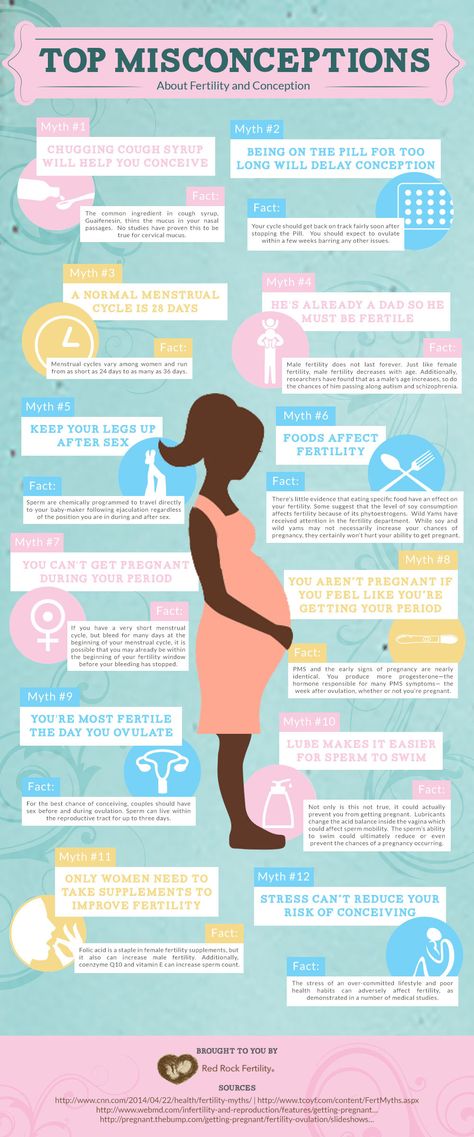
Those who had an episiotomy or perineal tear should wait until the site has completely healed, as having sex too soon can increase a person’s risk of postpartum hemorrhage and uterine infection.
Learn more about when a person can have sex after being pregnant here.
Tips
People can try the following to help alleviate any pain or discomfort during postpartum sex:
- Taking things slowly and starting with other intimate activities first, such as a massage, oral sex, or mutual masturbation.
- Considering using a water-based lubricant during sexual activity.
- Communicating with their partner about the pain they are experiencing and which activities are pleasurable and which are not.
Those who continue to feel pain during sex should contact a healthcare professional.
If a person’s vaginal canal is unable to stretch far enough to deliver the baby, the perineum may tear or the doctor will perform an episiotomy.
Excessive, raised, or itchy scar tissue may form around the tear or incision area.
Those who are concerned about perineal tears can massage their perineum within the last few weeks of pregnancy to reduce their chances of requiring an episiotomy.
A person should talk with a healthcare professional regarding the best way to massage the perineum.
While some people may experience heavier, longer, or more painful periods following delivery, others may find that their periods improve.
Those who bottle-feed or combine bottle feeding with nursing may have their first period 5–6 weeks after giving birth.
According to the ACOG, people who are not nursing should begin ovulating within a few weeks of childbirth. There may be a delay to ovulation for up to 6 months for people who are nursing.
Learn more about the first period after having a baby here.
Within the first few days after giving birth, some people may experience pain or burning while urinating.
Urinary incontinence is also common during pregnancy and after childbirth.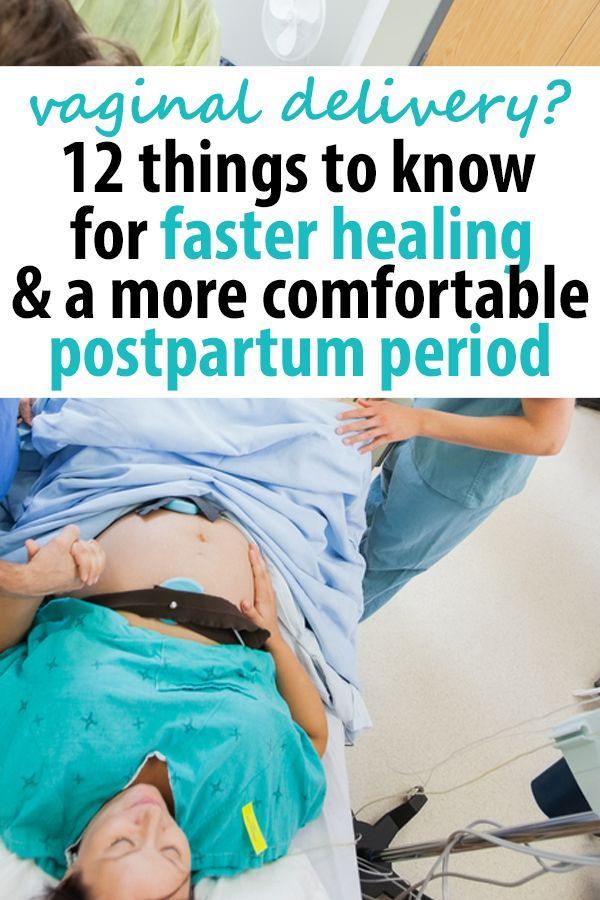
According to the Urology Care Foundation, the number of children a person has, from both cesarean and vaginal delivery, may increase their risk for urinary incontinence. In addition, people who have urinary incontinence during pregnancy are more likely to have it after childbirth.
Postpartum urinary incontinence usually goes away once a person’s pelvic muscles regain their strength. People who experience long-term incontinence should contact a healthcare professional.
Tips
People can try the following to ease their discomfort:
- drinking water
- running water in the sink while using the bathroom
- soaking in a warm bath
- doing Kegel exercises to strengthen their pelvic muscles
People can experience difficulty with orgasm after childbirth.
This may occur as a result of:
- fatigue
- decreased levels of desire
- psychological changes after pregnancy
- postpartum depression
- pain or discomfort during sex
People who are having difficulty achieving orgasm or experiencing sexual dysfunction after giving birth should contact a doctor to see if an underlying condition could be exacerbating the issue.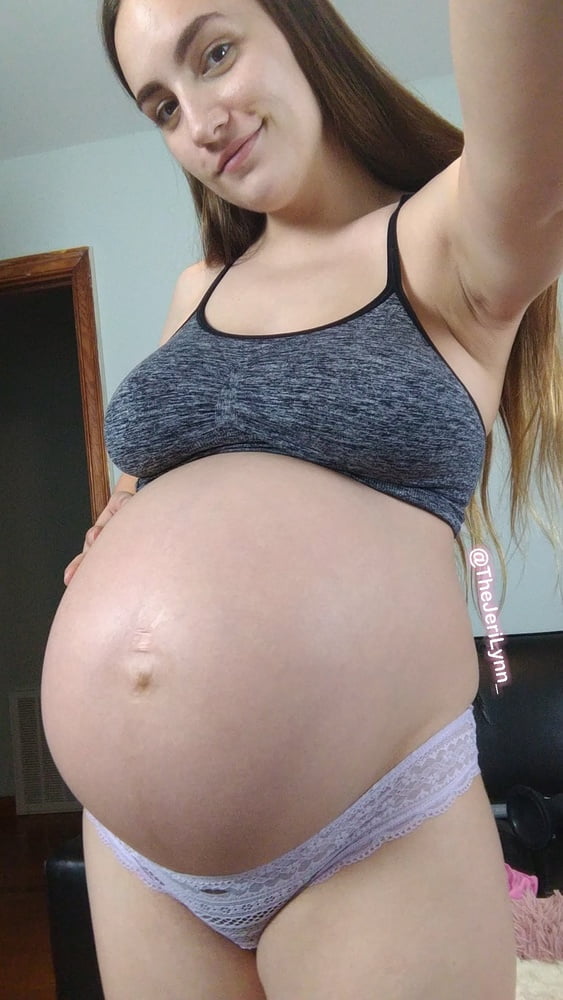
Pregnancy increases the body’s production of estrogen and progesterone.
This influx of hormones leads to increased blood flow, which may cause the labia to darken.
These changes may be temporary or permanent, depending on the person.
The postpartum period begins after a person gives birth, lasting 6–8 weeks. It ends when the person’s body has almost returned to its pre-pregnancy state.
A 2021 article notes that the postpartum recovery period is likely to be longer than 6 weeks. However, there does not appear to be a consensus among healthcare professionals.
An older article from 2010 notes that the postpartum period consists of three phases. Healthcare professionals refer to the last phase as the delayed postpartum period, which can last for 6 months.
During this recovery period, a person should ensure that they:
- Attend every checkup: According to the ACOG, checkups can help to ensure a person’s physical, mental, and emotional health are on the right track.
 It recommends that healthcare professionals provide 12 weeks of postpartum support.
It recommends that healthcare professionals provide 12 weeks of postpartum support. - Eat a well-balanced diet: To fight off fatigue and constipation, people should aim to eat a combination of complex carbs, protein, and fiber. Drinking plenty of fluids, participating in light exercise, such as walking, and using the bathroom when the urge comes can also prevent constipation.
- Rest: Rest is an essential part of recovery. New mothers should get plenty of rest in the first 2–3 weeks after childbirth.
Learn more about postpartum recovery and what to expect.
While general discomfort is typical during postpartum recovery, other more severe symptoms such as pain and heavy bleeding are not.
A person who has one or more of the following symptoms should contact their doctor immediately:
- heavy vaginal bleeding such as filling more than 2 pads in 1–2 hours
- passing large blood clots
- a fever
- dizziness or fainting
- blurred vision
- severe, persistent headaches
- vaginal discharge with a foul or strong odor
- vomiting
- progressively worse abdominal pain or new abdominal pain
- swelling or pain in the legs
People should also seek medical help if they experience any symptoms of postpartum depression.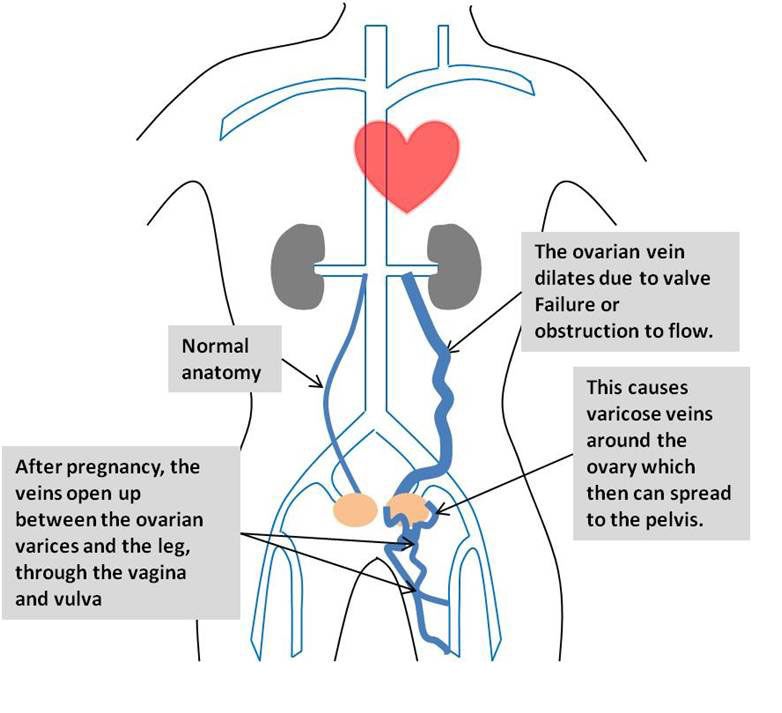
Learn more about postpartum depression here.
After birth, a person can expect changes to their vagina, including:
- vaginal width
- vaginal dryness
- soreness
- discharge
- bleeding
- pain during sex
- scar tissue
- urinary incontinence
- difficulty achieving orgasm
- changes in the color of the vulva and vaginal opening
Healthcare professionals define the postpartum recovery period as the first 6 weeks after giving birth. The time it takes to recover will vary depending on the person. Those who have ongoing or severe symptoms should contact a doctor.
How to restore the vagina after childbirth? Non-surgical intimate plastic surgery of the vagina
full list
After the birth of a child, many women realize that the condition of the vaginal walls leaves much to be desired. Injuries and ruptures of the mucous membrane of the birth canal can subsequently lead to a violation of the quality of intimate relationships.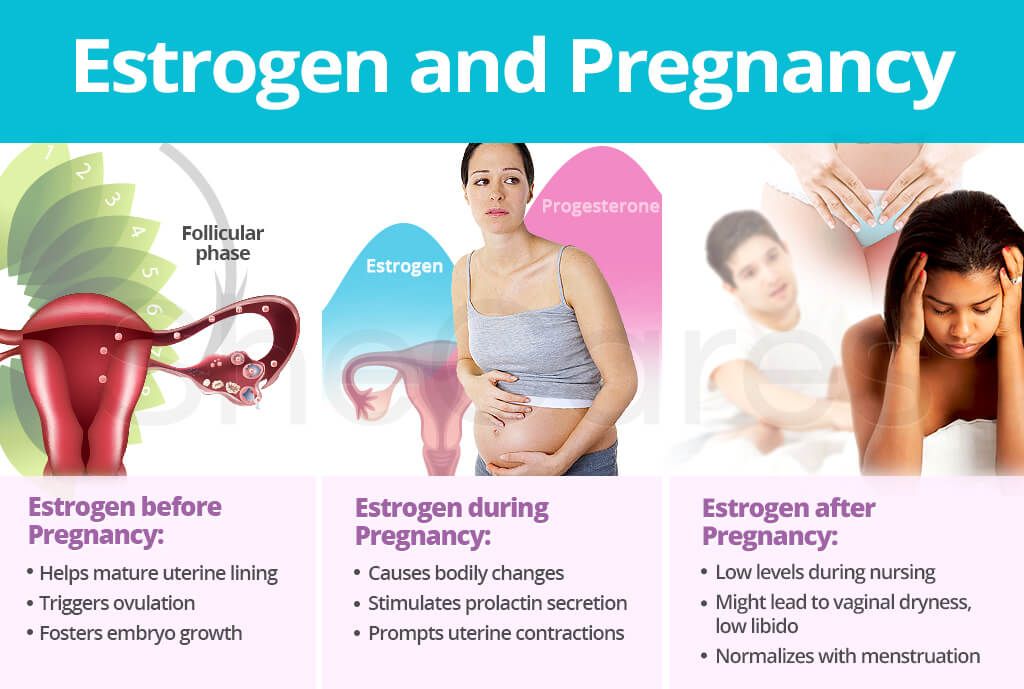
Intimate plastic surgery after childbirth sometimes becomes the only option to correct all defects of the internal genital organs. Every woman, regardless of the number of births, wants to remain sexy for a man and enjoy intimate relationships. nine0003
When does the vagina return to normal?
The muscles of the vagina return to normal about six months after birth. With a strong muscle strain, a woman may have negative consequences, which leads to disruption of normal intimate life, discomfort during intercourse, and generally prevents a woman from feeling natural.
Most women do not seek medical help, trying to solve the problem on their own, doing various exercises. It is important to understand that physical exercises aimed at strengthening and tightening the muscles of the vagina are effective only at the initial stage of the pathology, 1.5–2 months after childbirth. nine0003
After repeated childbirth, or a year or more after the birth, the muscles can no longer be returned to their previous state.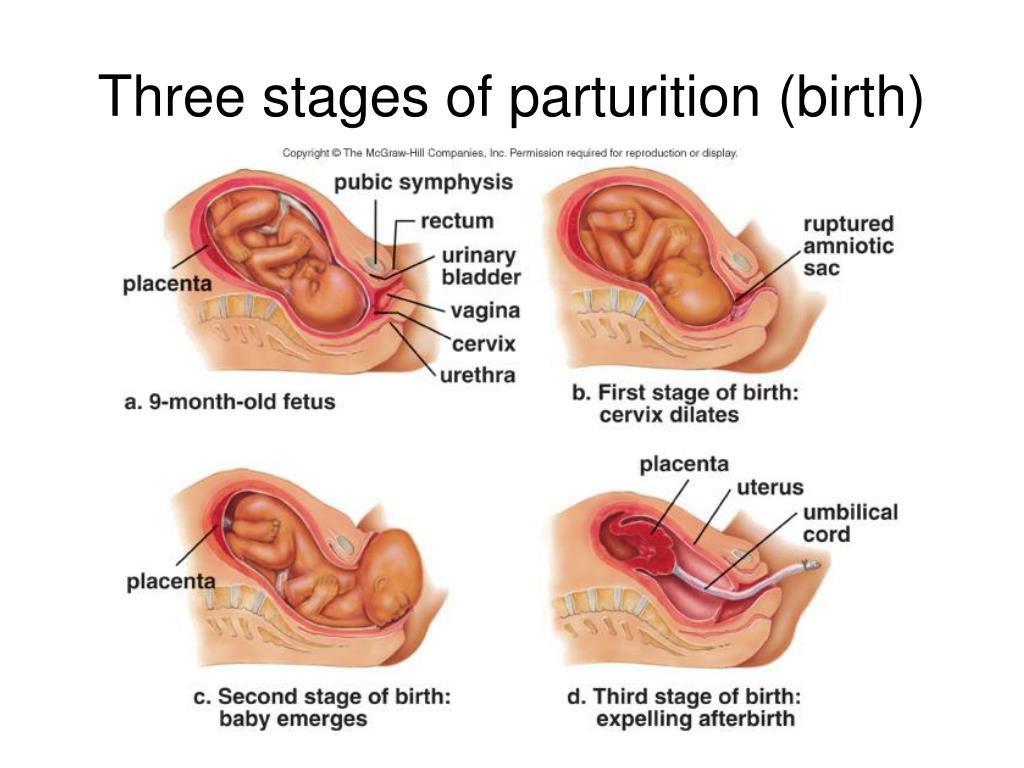 To do this, they resort to intimate plastic surgery after childbirth. Modern methods of vaginal plasty can solve the problem of vaginal stretching, without any major surgical interventions.
To do this, they resort to intimate plastic surgery after childbirth. Modern methods of vaginal plasty can solve the problem of vaginal stretching, without any major surgical interventions.
Vaginoplasty
Vaginal correction surgery performed by a plastic surgeon. All interventions in the genital area of a woman can be divided into the following areas:
- Vaginoplasty after childbirth;
- Plastic surgery on the labia.
If the vagina is stretched after childbirth, this can cause a decrease in its sensitivity, which leads to a lack of sexual desire. After suffering ruptures and injuries of the vagina, the muscles inside do not shrink to their original size, enlarged labia majora can cause discomfort to a woman when wearing tight underwear or tight-fitting clothes. nine0003
Thanks to innovative methods of plastic surgery, problems such as vaginal dryness after childbirth, stretching, or prolapse of the vagina are successfully solved. The walls of the vagina are sutured, if necessary, the muscles are strengthened.
The walls of the vagina are sutured, if necessary, the muscles are strengthened.
Surgical restoration of the vagina
Thanks to the modern development of plastic surgery, it is possible to treat the following pathologies without injuries and consequences:
- Vaginal dryness after childbirth;
- Overstretching of the vaginal walls; nine0024
- Spontaneous excretion of urine due to weakened pelvic muscles.
Laser gynecology
The most effective methods of elimination of pathological processes in the muscles of the vagina is laser therapy . With the help of a laser beam, the size of the vaginal walls is successfully compacted and the size of the vaginal walls is reduced, its elasticity is restored.
Many women worry about the pain of the method, but laser treatment does not cause pain and does not require anesthesia . Under the influence of a laser beam, collagen fibers are actively restored and the muscles of the vagina are tightened.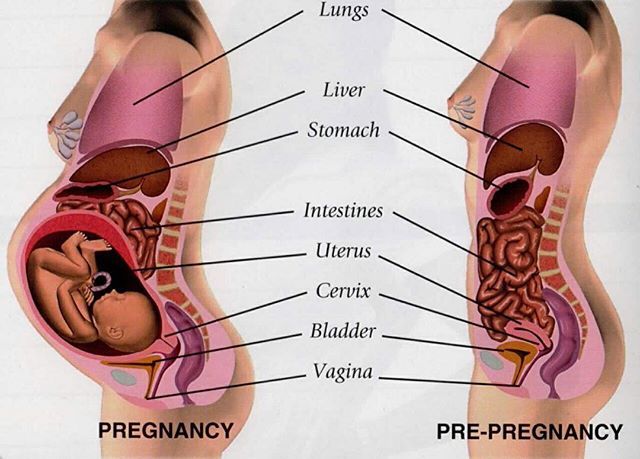
Laser vaginal tightening takes less than half an hour and does not require hospitalization. Laser therapy is widely used to eliminate vaginal dryness after childbirth, or during menopause.
If you have lost your sex drive and your vaginal muscles have stretched after childbirth, you should contact an experienced specialist who, thanks to innovative methods of vaginal rejuvenation will help solve your problem.
We also recommend reading:
Erbium laser is an effective and painless solution to women's problems!
Article about the new IncontiLase and IntimaLase procedures. A unique and painless technique for the treatment of vaginal relaxation syndrome and stress urinary incontinence.
read article
Laser restoration of the vagina after childbirth is a quick solution to women's problems nine0003
More than half of women after childbirth face problems that overshadow the tender period of motherhood and upset the intimate life of spouses.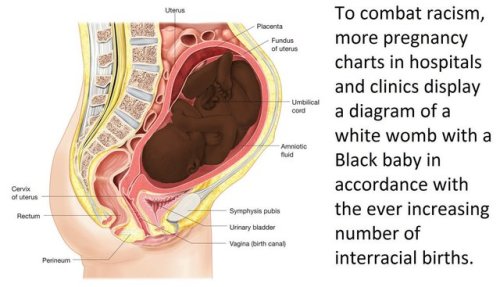 Do not think that this is the payment for the birth of a small miracle! Laser technologies can solve the problems of urinary incontinence and vaginal tightening after childbirth.
Do not think that this is the payment for the birth of a small miracle! Laser technologies can solve the problems of urinary incontinence and vaginal tightening after childbirth.
read article
Intimate rejuvenation by non-surgical methods
Rejuvenation of intimate areas by means of injections. Treatment of the gaping of the genital gap and increased sensitivity of the vagina. nine0003
read article
Perineum after childbirth: how it changes, what to do
Many women admitted that they were very afraid to look between their legs after they gave birth to a child. So that you do not get scared in advance, we decided to tell you about what to expect and what you can see there. Spoiler alert: no big deal, honestly.
Website editor
Tags:
Women Health nine0003
After childbirth
Kegel exercises
intimate organs
Let's start with the fact that some changes will indeed occur, but nothing irreversible and terrible will happen to you. Our body is amazing and it is able not only to adapt to changes, but also to return to its former form. Changes in your body are completely natural. There is no need to be afraid of them, just be prepared for the fact that some aspects will become unusual for a while. Time will pass and everything will be fine. nine0003
Our body is amazing and it is able not only to adapt to changes, but also to return to its former form. Changes in your body are completely natural. There is no need to be afraid of them, just be prepared for the fact that some aspects will become unusual for a while. Time will pass and everything will be fine. nine0003
Do not self-medicate! In our articles, we collect the latest scientific data and the opinions of authoritative health experts. But remember: only a doctor can diagnose and prescribe treatment.
Myths about how the perineum changes after childbirth
Most of the female fears associated with how the vagina will change after the birth of a child is based on poor knowledge of physiology, hypocrisy of others and their desire to manipulate you. Let's analyze the main "horrors" that scare expectant mothers and debunk the myths about what a woman's body will become after childbirth. nine0003
Myth 1: Special procedures and hygiene products are needed after childbirth
Don't listen to advice that special products for the vagina and douching are required.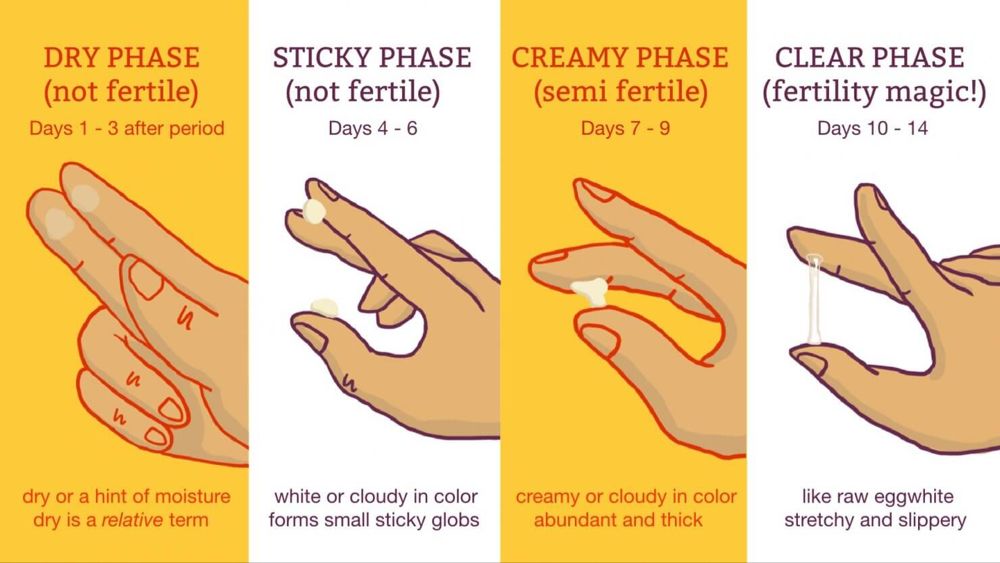 Don't know how to treat the perineum? Your best friend in this matter is clean warm water. After each visit to the toilet and before going to bed, wash yourself with it. Aggressive alkaline formulations and disinfectants can upset the balance in the delicate area, and douching is done only as directed by a doctor. If there were tears and you had stitches, do not touch them with your hands. Just wash with water and treat with what the doctor says. For those who are uncomfortable using pure water, baby soap or a weak solution of potassium permanganate is suitable. The body will recover by itself if you don't interfere with it. It is better to install a hygienic shower or bidet at home. They will be more useful. nine0003
Don't know how to treat the perineum? Your best friend in this matter is clean warm water. After each visit to the toilet and before going to bed, wash yourself with it. Aggressive alkaline formulations and disinfectants can upset the balance in the delicate area, and douching is done only as directed by a doctor. If there were tears and you had stitches, do not touch them with your hands. Just wash with water and treat with what the doctor says. For those who are uncomfortable using pure water, baby soap or a weak solution of potassium permanganate is suitable. The body will recover by itself if you don't interfere with it. It is better to install a hygienic shower or bidet at home. They will be more useful. nine0003
Myth 2: Use very hot water
This is not true. The water must be warm. The first day after giving birth, you should not swim. On the second day, you can take a shower, and a bath - only on the 10-12th day, for a short time and only if you have not had stitches. To relieve abdominal pain immediately after childbirth and the first days after them, apply ice through the tissue. This contributes to the outflow of blood from the uterus, its return to normal and the reduction of edema. Also, do not forget: after giving birth, you will have regular contact with the baby. Wash your hands regularly with soap. nine0003
To relieve abdominal pain immediately after childbirth and the first days after them, apply ice through the tissue. This contributes to the outflow of blood from the uterus, its return to normal and the reduction of edema. Also, do not forget: after giving birth, you will have regular contact with the baby. Wash your hands regularly with soap. nine0003
Myth 3: Stretching of the vaginal muscles after childbirth is critical and permanent
Talk about the fact that the vagina of a woman giving birth forever turns into a bucket was invented by uneducated sexists. Evolution has created a whole mechanism so that a woman can successfully bear and give birth to a child, and at the same time live on. Yes, the organs will move for a while, the pelvic bones will expand and the muscles will stretch, but each of these changes will pass. If there are no critical injuries, the vagina will return to normal in about 6 weeks after birth, which is only a month and a half.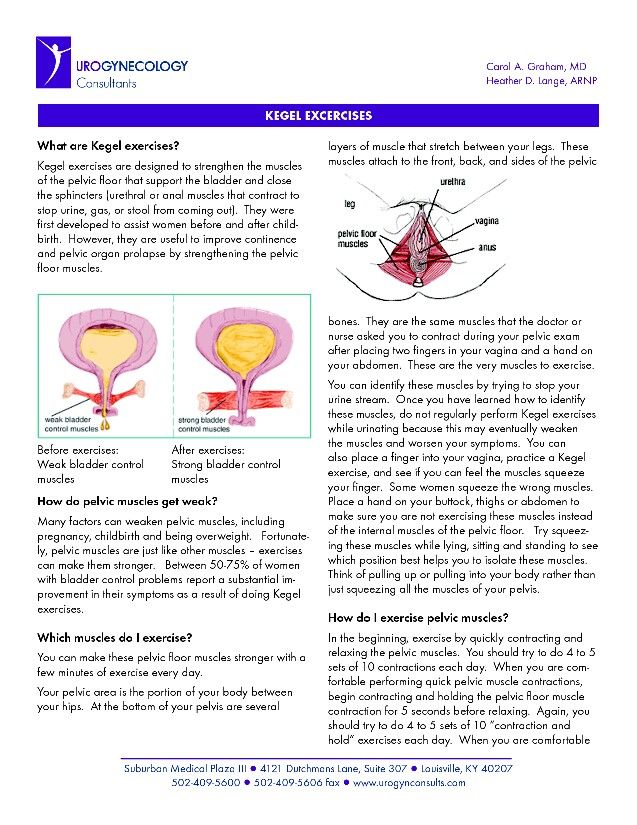 During the recovery period, just follow your feelings and discuss them with a gynecologist in time. nine0003
During the recovery period, just follow your feelings and discuss them with a gynecologist in time. nine0003
Myth 4: You will no longer be able to choose hygiene products
The first time after childbirth it will be more convenient to use pads, because there may be such unpleasant moments as urinary incontinence or discharge. While you're in the hospital, try to use diapers first, then pads, and change them every four hours. In some hospitals, young mothers are forbidden to wear underwear until discharge and are offered to use unusual hygiene products. Don't be afraid if they tell you something like that. Talk to the nurse and she will tell you everything in detail. Remember, this is temporary and after the body starts to recover, you can return to tampons or menstrual cups if you are more comfortable with them. nine0003
Myth 5: You can no longer shine with beautiful underwear
In the postpartum period, it will be more convenient to wear underwear made of natural fabrics that fit snugly to the body, but at the same time do not restrict movement.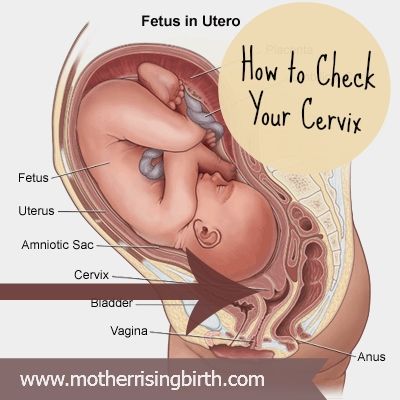 Immediately after childbirth, it will be even better to use disposable underwear, on which you can fasten disposable diapers. This prevents the growth of bacteria and will contribute to the speedy healing of stitches if they are applied. It is also important to maintain hygiene and change underwear and bedding more often than usual. Change your panties daily, change your bra every three days (even if you use special liners), and if your breasts “leak” - daily, change your shirts every day, and change bed linen every five to seven days. nine0003
Immediately after childbirth, it will be even better to use disposable underwear, on which you can fasten disposable diapers. This prevents the growth of bacteria and will contribute to the speedy healing of stitches if they are applied. It is also important to maintain hygiene and change underwear and bedding more often than usual. Change your panties daily, change your bra every three days (even if you use special liners), and if your breasts “leak” - daily, change your shirts every day, and change bed linen every five to seven days. nine0003
Myth 6: Forget about sex
Immediately after giving birth, it may seem that you will never want to make love again. Your body will go through tremendous stress and it will take time to recover after, but not as much as it seems. When can you have sex after giving birth? Usually, doctors allow sex with penetration in the sixth to eighth week after childbirth. Some couples decide to reunite earlier, some later. There are no rules here, and therefore you should focus on your personal condition. The main thing is not to step over yourself and do not endure pain due to pressure from a partner. nine0003
There are no rules here, and therefore you should focus on your personal condition. The main thing is not to step over yourself and do not endure pain due to pressure from a partner. nine0003
Vagina after childbirth: 6 moments to be ready for
If your perineum hurts after childbirth, refrain from sudden movements and jumping
Yes, you will have to sneeze standing up and wear pads for a while. Stress urinary incontinence is something some women have to put up with after giving birth. Due to the strong pressure on the bladder during childbirth, you will have to control the process of urination for some time. This means that you can feel the urge when it is not required, and not notice the moments when you pee, which means that urine can leak. You will not suffer from this ailment for the rest of your life, just until it passes, you will have to pay more attention to intimate muscles and at first go to the restroom according to the schedule (every 2-3 hours).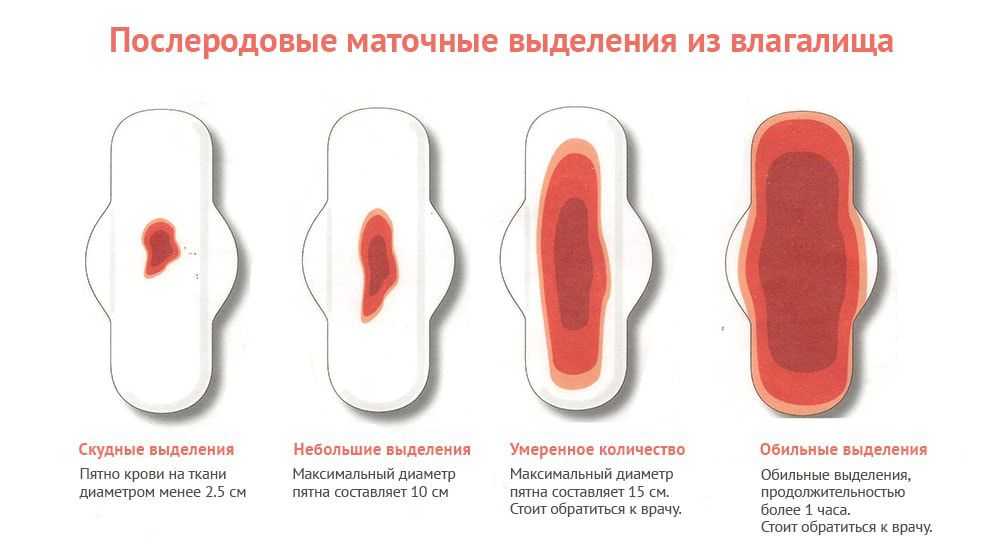 Also pay attention to intimate gymnastics. Dr. Alyssa Dweck, a New York-based gynecologist and author of V is For Vagina, recommends Kegel exercises, which have already proven effective in strengthening pelvic floor muscles. nine0003
Also pay attention to intimate gymnastics. Dr. Alyssa Dweck, a New York-based gynecologist and author of V is For Vagina, recommends Kegel exercises, which have already proven effective in strengthening pelvic floor muscles. nine0003
There are tears in the perineum during childbirth
During childbirth, injuries often occur. If the soft tissues of the perineum are not sufficiently elastic, tears can occur. Most often this happens during the first birth, especially if the fetus is too large or the process lasts too long. If the perineum has been damaged, suture with absorbable suture material.
During childbirth, the vestibule of the vagina and labia minora are most often injured. The bad news is that these injuries are often quite painful. A young mother should not sit down, it is necessary to adhere to a diet and change pads often. The good news is that the perineum is usually well supplied with blood, which means that it heals fairly quickly.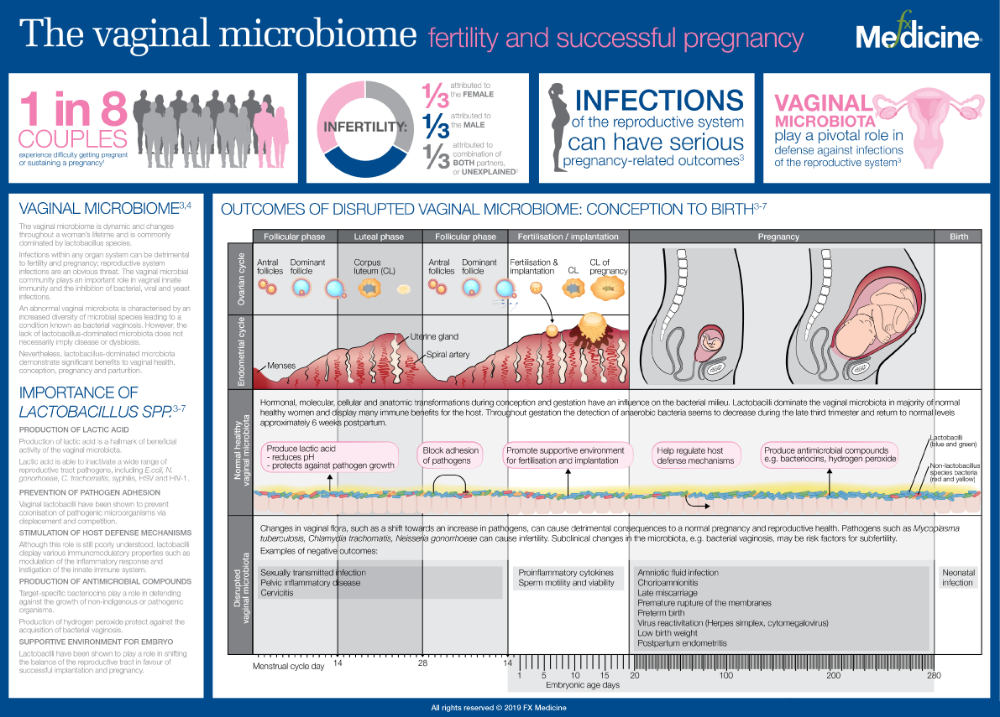 And this condition is easier to prevent than to treat. And here Kegel exercises and yoga classes for pregnant women will save you. Also check if you have inflammation of the tissues of the vagina and vulva - they must be treated! The psychological preparation of a young mother also plays an important role. nine0003
And this condition is easier to prevent than to treat. And here Kegel exercises and yoga classes for pregnant women will save you. Also check if you have inflammation of the tissues of the vagina and vulva - they must be treated! The psychological preparation of a young mother also plays an important role. nine0003
Blood and bruises in the perineum
Do not be afraid that bruises will appear there and there will be heavy bleeding, comparable to intense menstruation. They can last several weeks, and you need to be prepared for this: stock up on pads with maximum absorbency.
Vaginal dryness
No matter how aroused you are, you may still have problems with insufficient lubrication after childbirth. Your hormonal levels will not immediately return to their previous state, and if you are ready to return to the bedroom with your husband, do not forget to run to the nearest pharmacy and buy lubricant. nine0003
nine0003
Discoloration of the vulva after childbirth
Don't be alarmed if you find that your vulva has taken on a different color - this is normal. Usually the color of the external genitalia darkens, especially around the labia and the space between the vagina and anus. This is again connected with the hormonal level, as soon as it returns to normal, everything between your legs will also return to the usual shades.
Strange smell
Starting immediately after childbirth and up to 6-8 weeks after delivery, you may have a discharge with an unpleasant odor, the so-called "lochia". There may be quite a few of them. But if they are very unpleasant, run to the doctor, perhaps there is an infection. nine0003
How to restore the vagina after childbirth
Buy a special bandage. It will help to quickly return the organs to their place and remove the load from them
Give yourself time.

